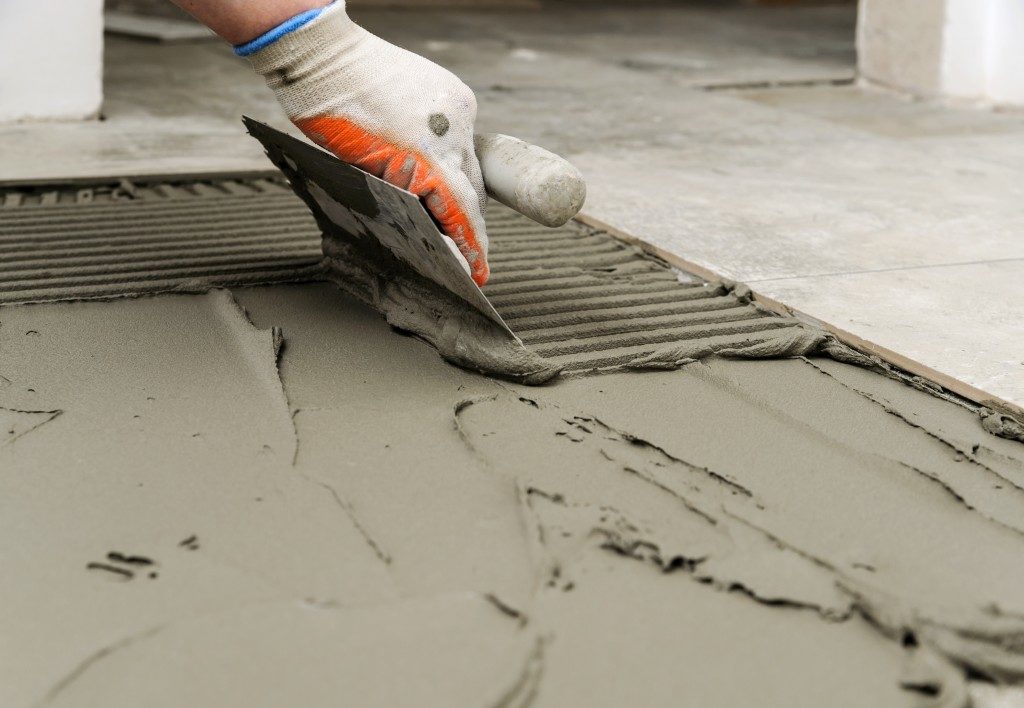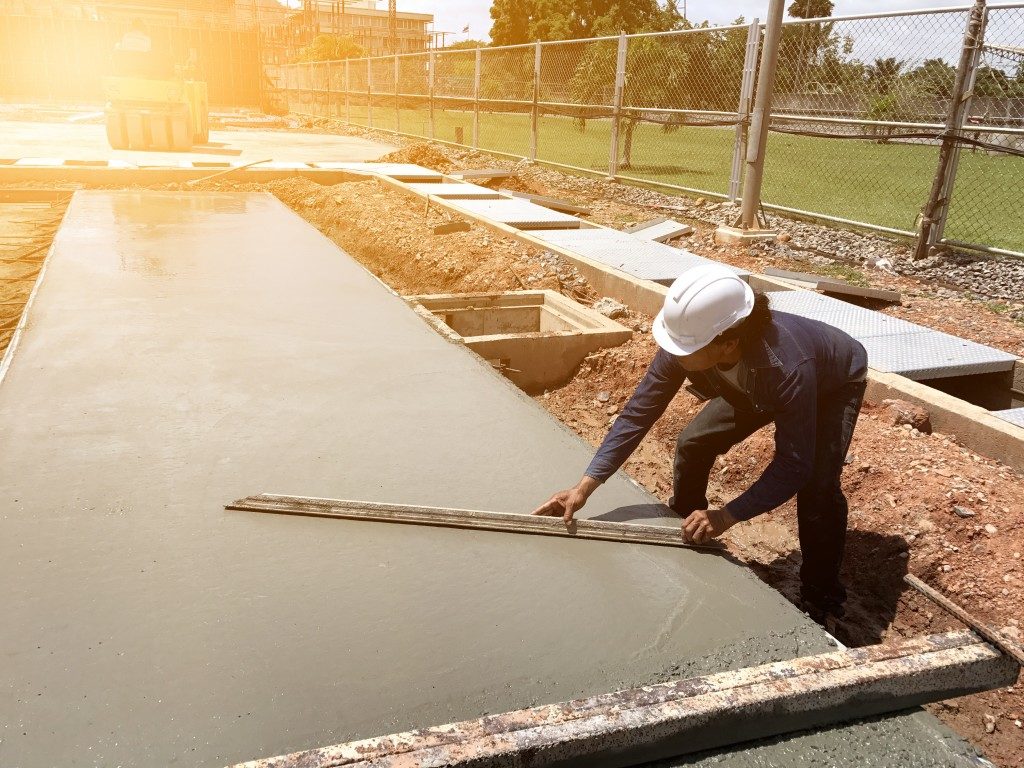In the hot and humid climate of Australia, concrete is one of the best building materials available. Concrete has been around for centuries and has gone through numerous innovations throughout the years. Concrete is readily available, affordable, and easy to use. Even in modern standards, it is still one of the best construction materials.
1. Durability
Concrete structures have stood for centuries, some dating back to the Roman Empire. Concrete grows stronger over time, and little chips and minor damage can be easily restored with concrete patch repair products. If you’re planning to build a structure that can last for generations, concrete is the best choice.
2. Superior Structural Integrity
Reinforced concrete has been used in dams, bridges, buildings, and large megastructures around the world. Concrete is an essential part of almost every major construction project because of its strength, endurance, and ability to resist stress. Concrete structures are safer and will last longer than those built with other materials.
3. Cost Effectiveness
Concrete is inexpensive and readily available. The cost of a concrete structure, in proportion to its durability, is definitely low. Concrete requires almost zero maintenance, and it is unlikely to get damaged by everyday events.
4. Resistance to Moisture
Unlike wood, concrete is unaffected by moisture. Hardened concrete is not permeable to water. Dams and massive structures that hold or direct water are typically made of concrete. Concrete can be made porous by changing its composition, but conventional concrete is actually strengthened by being exposed to water.
5. Resistance to Fire
Concrete can actually withstand fires and high temperatures better than steel. Concrete doesn’t catch fire; the heat is absorbed and not transferred. Concrete can resist the high temperatures of fires for up to six hours, although the underlying support structures might get damaged or weakened.
6. Resistance to Severe Weather Conditions

Harsh rains and winds will do very little to a concrete structure. Even flooding and hurricanes will do little damage to a concrete house built to modern standards. Varying temperatures will not cause significant changes to concrete structures, and concrete serves to insulate those within from the conditions outside.
7. Protection from Insects
Termites, ants, and other insects will have no chance to build their nests or even enter a concrete structure. Termites usually come up from underneath the ground to target wooden structures. Creating a structure with concrete eliminates this problem, as well as most problems associated with other insects.
8. Mildew Prevention
Mildew or mould typically affects wooden structures, particularly those exposed to moisture. Concrete structures will not have these problems.
9. Various Design Possibilities
Concrete can be shaped into many different forms and can be made to appear as dull or as reflective as the client wants. Concrete can be stamped, coloured, polished, and more.
10. Sustainability
Concrete is recyclable, but the durability of its structures is what makes it environmentally friendly. Concrete structures provide excellent insulation from heat and cold, lowering energy consumption. Though concrete production does cause significant carbon dioxide emissions, steps are being taken to minimise this and make concrete a little bit greener.
Concrete structures are safer, easier to maintain and last for generations. They are unaffected by bad weather, moisture, and insects. For structures that are meant to last, concrete is the best building material.

